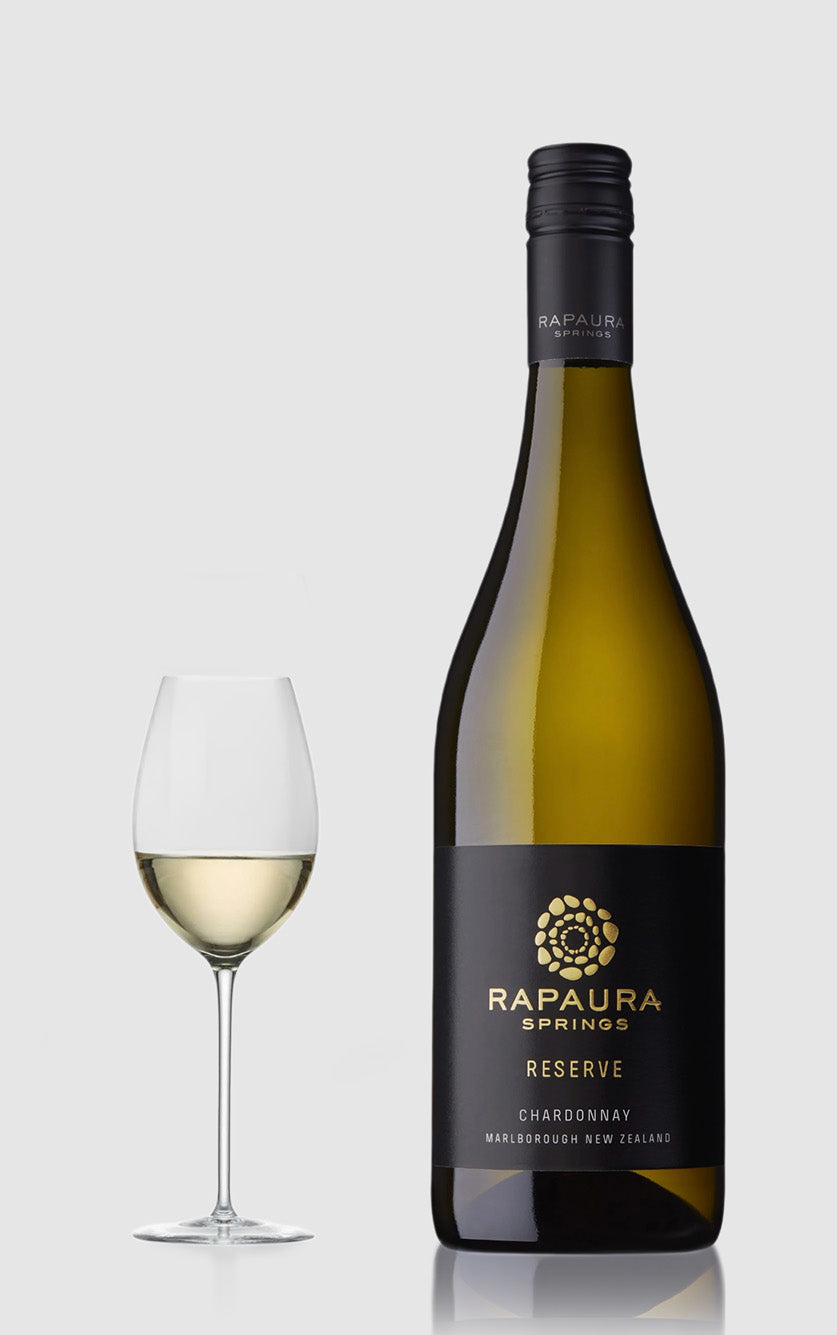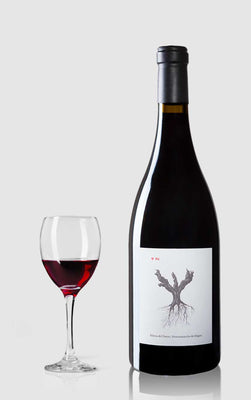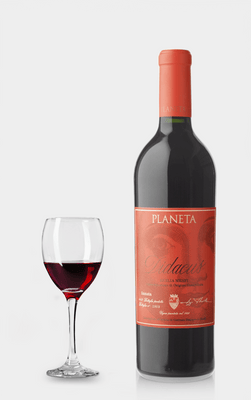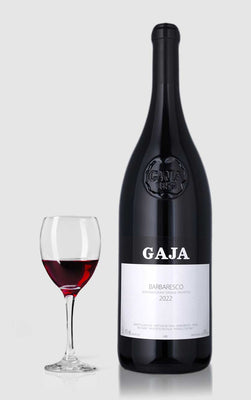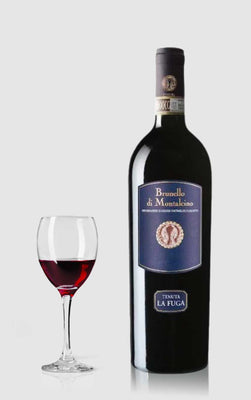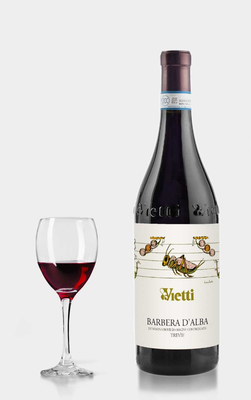Andre kategorier du måske vil kunne lide
Wine from Italy
-
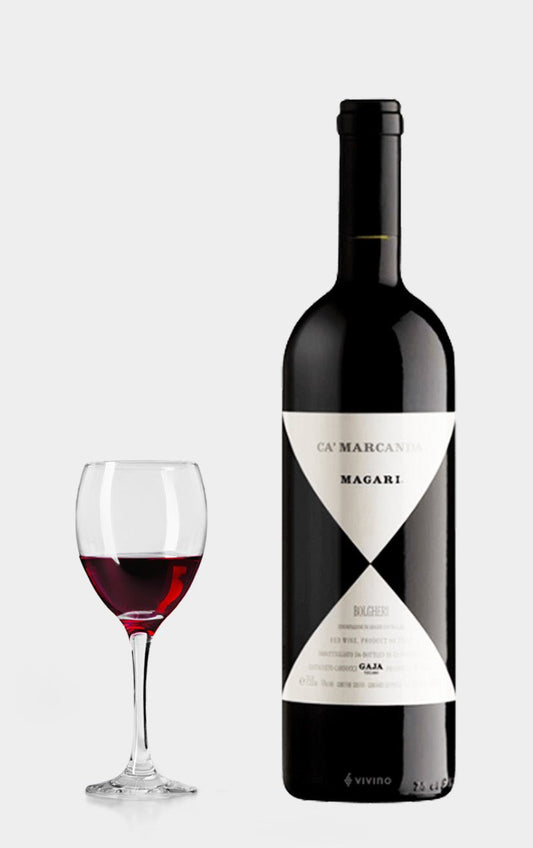 ★ 96 – James Suckling★ 95 – Wine Enthusiast★ 95 – Robert Parker★ 94 – Decanter★ 94 – DH Wines★ 4.3 – Vivino
★ 96 – James Suckling★ 95 – Wine Enthusiast★ 95 – Robert Parker★ 94 – Decanter★ 94 – DH Wines★ 4.3 – VivinoGaja Magari Rosso Bolgheri Doc Ca' Marcanda 2019
Vendor:GajaRegular price 799,00 DKKRegular priceUnit price / per0,00 DKKSale price 799,00 DKKSold out -
 ★ 95 – DH Wines★ 4.6 – Vivino
★ 95 – DH Wines★ 4.6 – VivinoVigna Madre Degá Negroamaro 2021
Vendor:Vigna Madre-23% rabatRegular price 99,00 DKKRegular priceUnit price / per129,00 DKKSale price 99,00 DKKSale -
 ★ 94 – DH Wines★ 4.1 – Vivino
★ 94 – DH Wines★ 4.1 – VivinoFlav's Amarone Della Valpolicella DOGC 2018
Vendor:UnknownRegular price 249,00 DKKRegular priceUnit price / per -
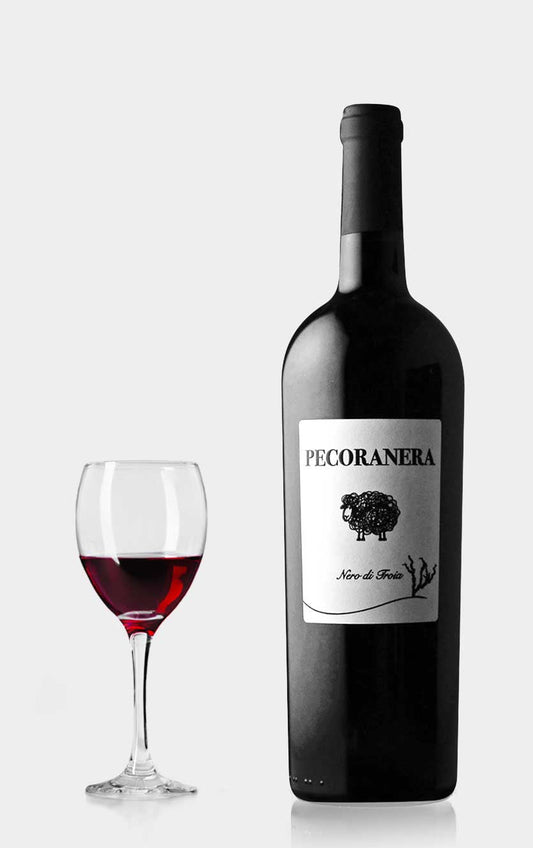 ★ 95 – Wine Enthusiast★ 95 – DH Wines★ 4.6 – Vivino
★ 95 – Wine Enthusiast★ 95 – DH Wines★ 4.6 – VivinoRisveglio Pecoranera Nero di Troia 2021
Vendor:RisveglioRegular price 99,00 DKKRegular priceUnit price / per149,00 DKKSale price 99,00 DKKSold out -
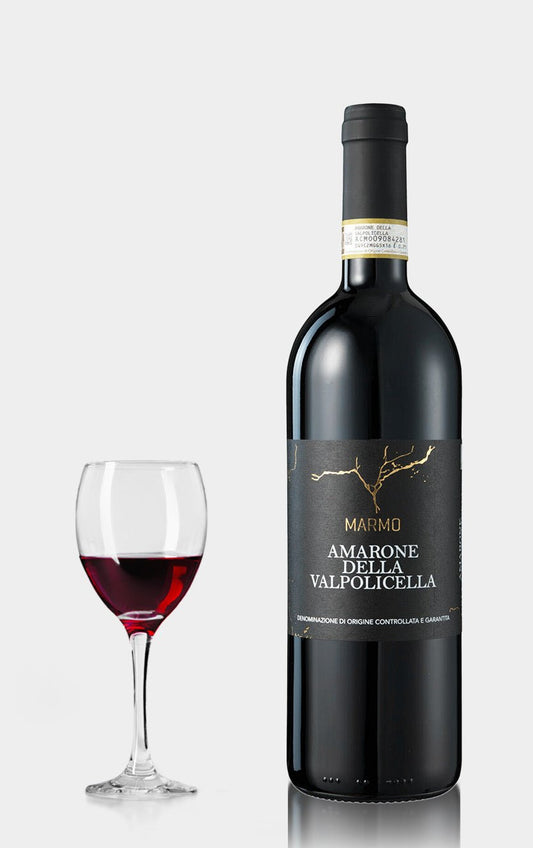 ★ 94 – DH Wines★ 4.6 – Vivino
★ 94 – DH Wines★ 4.6 – VivinoAmarone della Valpolicella DOCG Marmo 2016
Vendor:UnknownRegular price 349,00 DKKRegular priceUnit price / per0,00 DKKSale price 349,00 DKK -
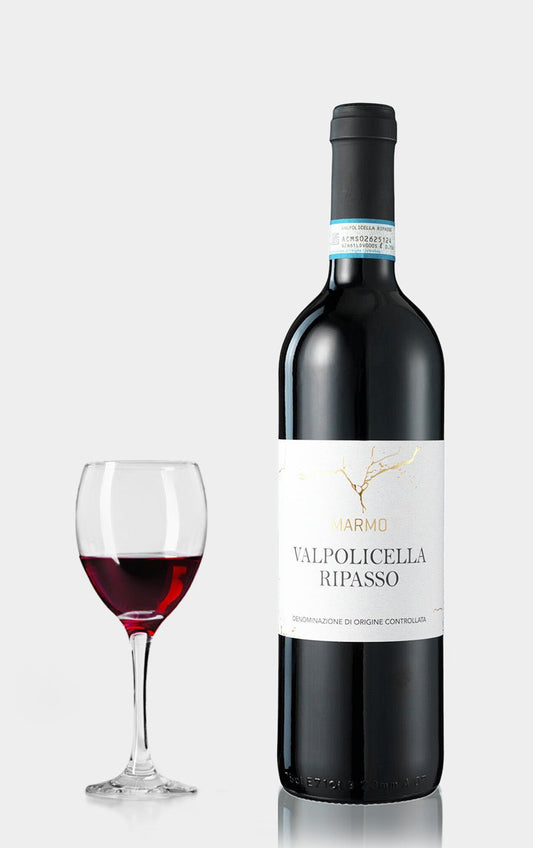 ★ 94 – DH Wines★ 92 – Wine Enthusiast
★ 94 – DH Wines★ 92 – Wine EnthusiastRipasso Valpolicella DOC Marmo 2019
Vendor:UnknownRegular price 149,00 DKKRegular priceUnit price / per0,00 DKKSale price 149,00 DKK -
 ★ 97 – Robert Parker★ 95 – James Suckling★ 94 – Wine Enthusiast★ 94 – Decanter★ 94 – DH Wines★ 4.5 – Vivino
★ 97 – Robert Parker★ 95 – James Suckling★ 94 – Wine Enthusiast★ 94 – Decanter★ 94 – DH Wines★ 4.5 – VivinoAngelo GAJA Brunello di Montalcino 2018 “Pieve Santa Restituta”
Vendor:GajaRegular price 895,00 DKKRegular priceUnit price / per -
 ★ 95 – Wine Enthusiast★ 95 – DH Wines★ 4.6 – Vivino
★ 95 – Wine Enthusiast★ 95 – DH Wines★ 4.6 – VivinoRisveglio Pecoranera Nero di Troia 2022
Vendor:Risveglio-20% rabatRegular price 119,00 DKKRegular priceUnit price / per149,00 DKKSale price 119,00 DKKSale -
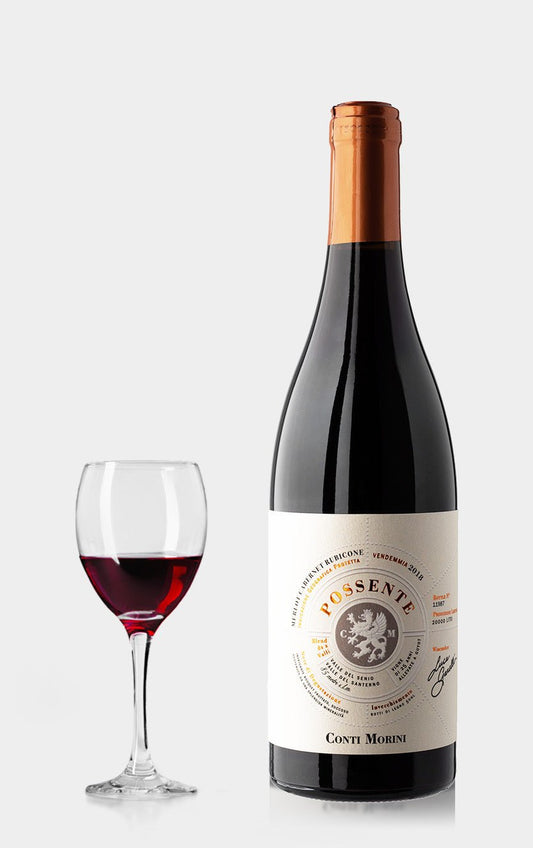 ★ 91 – DH Wines
★ 91 – DH WinesConti Morini Possente Merlot Cabernet 2023
Vendor:Conti MoriniRegular price 79,00 DKKRegular priceUnit price / per -
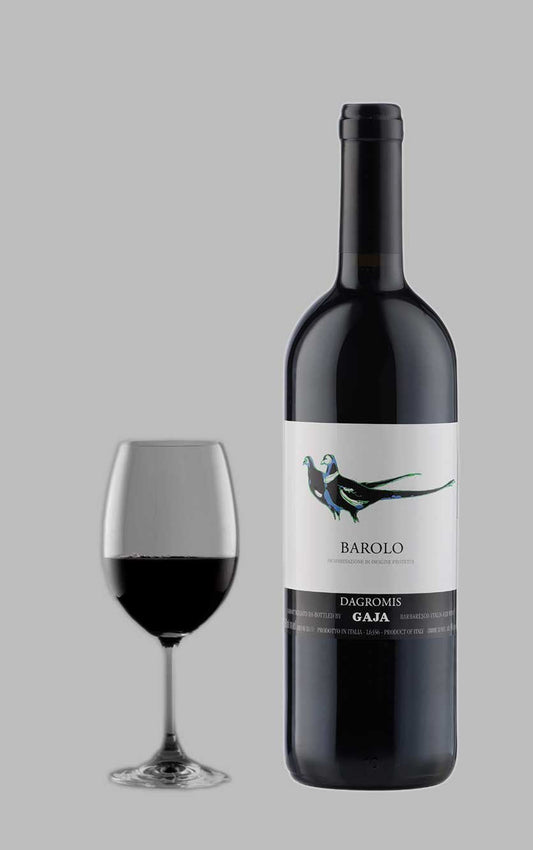 ★ 95 – Robert Parker★ 95 – James Suckling★ 95 – DH Wines★ 93 – Decanter★ 4.6 – VivinoSold out
★ 95 – Robert Parker★ 95 – James Suckling★ 95 – DH Wines★ 93 – Decanter★ 4.6 – VivinoSold outDagromis Barolo, Angelo Gaja 2019
Vendor:Dal FornoRegular price 749,00 DKKRegular priceUnit price / per849,00 DKKSale price 749,00 DKKSold out -
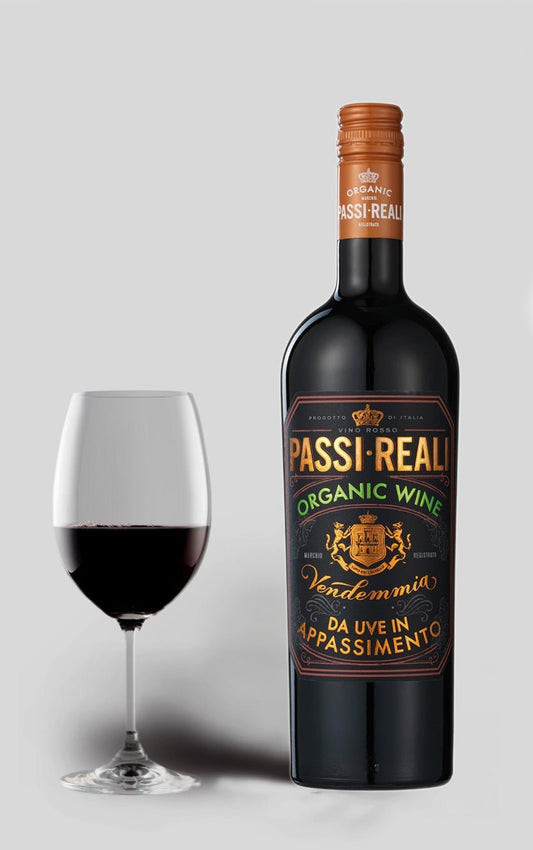 ★ 92 – James Suckling★ 88 – DH Wines★ 4.1 – Vivino
★ 92 – James Suckling★ 88 – DH Wines★ 4.1 – VivinoPassione Natura Passi Reali Eco Rosso 2022
Vendor:N/A-13% rabatRegular price 129,00 DKKRegular priceUnit price / per149,00 DKKSale price 129,00 DKKSale -
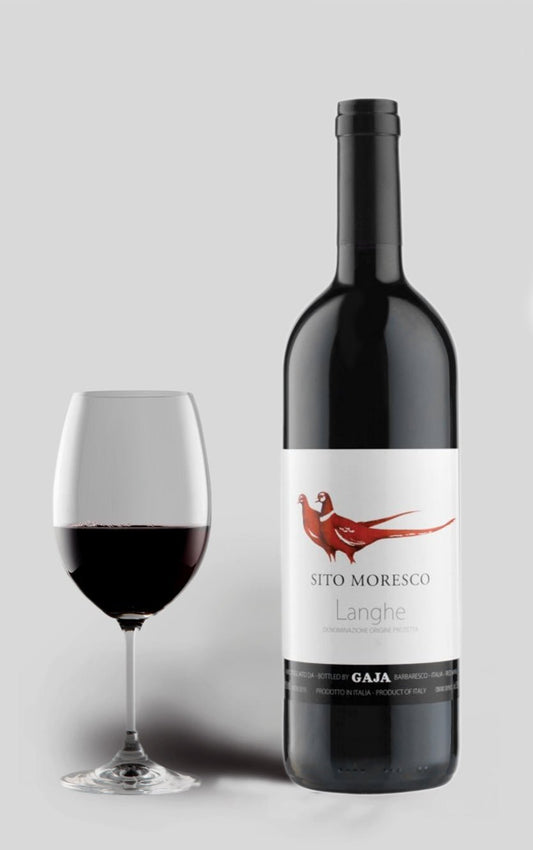 ★ 94 – Wine Enthusiast★ 93 – Decanter★ 92 – DH Wines★ 4.3 – Vivino
★ 94 – Wine Enthusiast★ 93 – Decanter★ 92 – DH Wines★ 4.3 – VivinoSito Moresco Langhe Angelo Gaja 2020
Vendor:Gaja-20% rabatRegular price 399,00 DKKRegular priceUnit price / per499,00 DKKSale price 399,00 DKKSale -
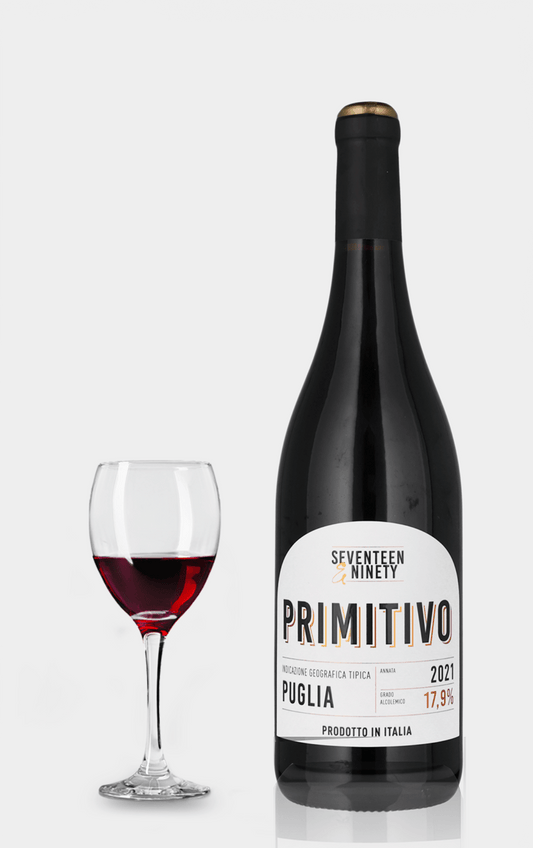 ★ 93 – James Suckling★ 93 – DH Wines★ 91 – Robert Parker
★ 93 – James Suckling★ 93 – DH Wines★ 91 – Robert ParkerPRIMITIVO 17.9 IGT Puglia Riolite Vini 2021
Vendor:Masca del TaccoRegular price 149,00 DKKRegular priceUnit price / per -
 ★ 89 – DH Wines★ 4.6 – Vivino
★ 89 – DH Wines★ 4.6 – VivinoVivaldi Premium Appassimento Rosso Veneto IGT 2019
Vendor:UnknownRegular price 129,00 DKKRegular priceUnit price / per129,00 DKKSale price 129,00 DKKSold out -
 ★ 95 – Wine Enthusiast★ 95 – Robert Parker★ 94 – James Suckling★ 93 – Decanter★ 92 – DH Wines★ 4.3 – Vivino
★ 95 – Wine Enthusiast★ 95 – Robert Parker★ 94 – James Suckling★ 93 – Decanter★ 92 – DH Wines★ 4.3 – VivinoGaja Magari Rosso Bolgheri Doc Ca' Marcanda 2018
Vendor:GajaRegular price 799,00 DKKRegular priceUnit price / per0,00 DKKSale price 799,00 DKK -
 ★ 94 – Wine Enthusiast★ 94 – Robert Parker★ 94 – James Suckling★ 94 – Decanter★ 92 – DH Wines★ 4.3 – Vivino
★ 94 – Wine Enthusiast★ 94 – Robert Parker★ 94 – James Suckling★ 94 – Decanter★ 92 – DH Wines★ 4.3 – VivinoGaja Magari Rosso Bolgheri Doc Ca' Marcanda 2017
Vendor:GajaRegular price 799,00 DKKRegular priceUnit price / per0,00 DKKSale price 799,00 DKK -
 ★ 94 – Wine Enthusiast★ 94 – Robert Parker★ 94 – James Suckling★ 93 – Decanter★ 91 – DH Wines★ 4.3 – Vivino
★ 94 – Wine Enthusiast★ 94 – Robert Parker★ 94 – James Suckling★ 93 – Decanter★ 91 – DH Wines★ 4.3 – VivinoGaja Dagromis 2018, Piedmont Italy
Vendor:Gaja-12% rabatRegular price 699,00 DKKRegular priceUnit price / per799,00 DKKSale price 699,00 DKKSale -
 ★ 96 – Wine Enthusiast★ 94 – DH Wines★ 4.1 – Vivino
★ 96 – Wine Enthusiast★ 94 – DH Wines★ 4.1 – VivinoTenuta Il Poggione Brunello di Montalcino 2018
Vendor:Tenuta Il Poggione-12% rabatRegular price 349,00 DKKRegular priceUnit price / per399,00 DKKSale price 349,00 DKKSale -
 ★ 96 – James Suckling★ 95 – Wine Enthusiast★ 95 – Robert Parker★ 94 – Decanter★ 94 – DH Wines★ 4.3 – Vivino
★ 96 – James Suckling★ 95 – Wine Enthusiast★ 95 – Robert Parker★ 94 – Decanter★ 94 – DH Wines★ 4.3 – VivinoGaja Magari Rosso Bolgheri Doc Ca' Marcanda 2020
Vendor:GajaRegular price 799,00 DKKRegular priceUnit price / per0,00 DKKSale price 799,00 DKK -
 ★ 97 – James Suckling★ 97 – Decanter★ 96 – Wine Enthusiast★ 95 – Robert Parker★ 95 – DH Wines★ 4.3 – VivinoSold out
★ 97 – James Suckling★ 97 – Decanter★ 96 – Wine Enthusiast★ 95 – Robert Parker★ 95 – DH Wines★ 4.3 – VivinoSold outPio Cesare Barolo 2016, Italy
Vendor:Pio CesareRegular price 649,00 DKKRegular priceUnit price / per -
 ★ 91 – DH Wines★ 3.8 – Vivino
★ 91 – DH Wines★ 3.8 – Vivino1842 Valbeccara Barbera d'Asti Superiore 2017
Vendor:ValbeccaraRegular price 129,00 DKKRegular priceUnit price / per159,00 DKKSale price 129,00 DKKSold out -
 ★ 96 – James Suckling★ 95 – Wine Enthusiast★ 95 – Robert Parker★ 94 – Decanter★ 94 – DH Wines★ 4.3 – Vivino
★ 96 – James Suckling★ 95 – Wine Enthusiast★ 95 – Robert Parker★ 94 – Decanter★ 94 – DH Wines★ 4.3 – VivinoGaja Magari Rosso Bolgheri Doc Ca' Marcanda 2021
Vendor:GajaRegular price 799,00 DKKRegular priceUnit price / per0,00 DKKSale price 799,00 DKK -
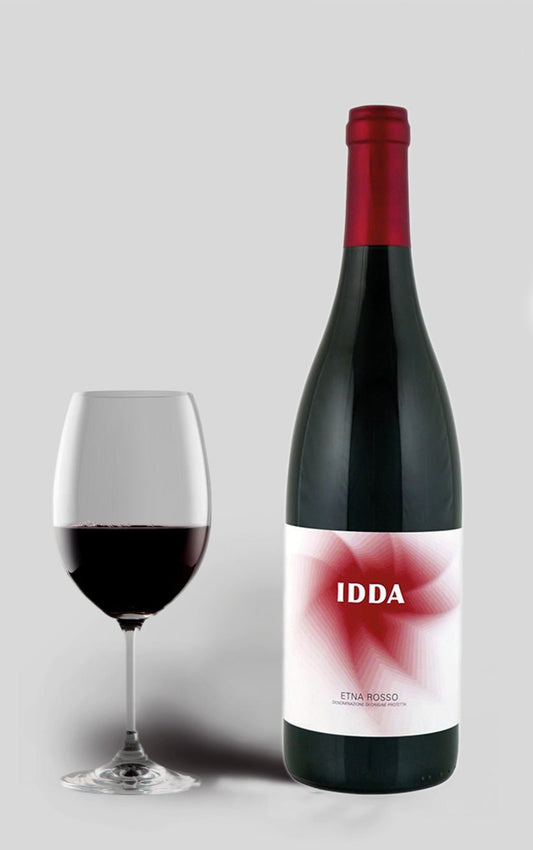 ★ 98 – Wine Enthusiast★ 96 – Robert Parker★ 96 – James Suckling★ 93 – Decanter★ 93 – DH Wines★ 4.0 – Vivino
★ 98 – Wine Enthusiast★ 96 – Robert Parker★ 96 – James Suckling★ 93 – Decanter★ 93 – DH Wines★ 4.0 – VivinoIdda Etna Rosso GAJA 2019
Vendor:GajaRegular price 429,00 DKKRegular priceUnit price / per0,00 DKKSale price 429,00 DKK -
 ★ 93 – DH Wines
★ 93 – DH WinesPrimitivo di Manduria Talo DOC San Marzano Vini 2022
Vendor:San Marzano ViniRegular price 149,00 DKKRegular priceUnit price / per -
 ★ 96 – DH Wines
★ 96 – DH WinesPromis 2022 Rosso Di Toscana Ca marcanda, Gaja, Bolgheri
Vendor:GajaRegular price 499,00 DKKRegular priceUnit price / per0,00 DKKSale price 499,00 DKK -
 ★ 92 – DH Wines
★ 92 – DH WinesGaja Sito Moresco Langhe 2019 37.5cl
Vendor:GajaRegular price 249,00 DKKRegular priceUnit price / per -
 ★ 93 – James Suckling★ 93 – DH Wines★ 91 – Robert Parker★ 4.2 – Vivino
★ 93 – James Suckling★ 93 – DH Wines★ 91 – Robert Parker★ 4.2 – VivinoMasca del Tacco Luli Primitivo Limited Edition 2023
Vendor:Masca del TaccoRegular price 149,00 DKKRegular priceUnit price / per -
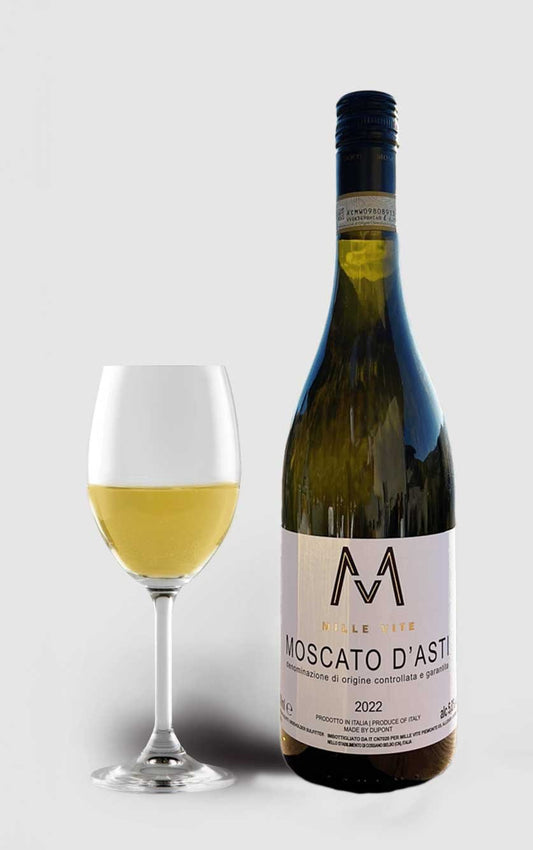 ★ 92 – DH Wines★ 4.3 – Vivino
★ 92 – DH Wines★ 4.3 – VivinoMille Vite, Moscato D'asti 2024
Vendor:Mille ViteRegular price 149,00 DKKRegular priceUnit price / per -
 ★ 97 – Wine Enthusiast★ 97 – James Suckling★ 97 – Decanter★ 97 – DH Wines★ 4.5 – Vivino
★ 97 – Wine Enthusiast★ 97 – James Suckling★ 97 – Decanter★ 97 – DH Wines★ 4.5 – VivinoSassicaia 2017 Tenuta San Guido, Bolgheri, Tuscany
Vendor:Tenuta San GuidoRegular price 2.695,00 DKKRegular priceUnit price / per -
 ★ 93 – James Suckling★ 93 – Decanter★ 91 – Wine Enthusiast★ 90 – Robert Parker★ 90 – DH Wines★ 3.9 – Vivino
★ 93 – James Suckling★ 93 – Decanter★ 91 – Wine Enthusiast★ 90 – Robert Parker★ 90 – DH Wines★ 3.9 – VivinoBorgo Scopeto Chianti Classico Riserva 2020
Vendor:BorsaoRegular price 249,00 DKKRegular priceUnit price / per -
 ★ 96 – Wine Enthusiast★ 94 – DH Wines★ 93 – Robert Parker★ 93 – James Suckling★ 93 – Decanter★ 4.1 – Vivino
★ 96 – Wine Enthusiast★ 94 – DH Wines★ 93 – Robert Parker★ 93 – James Suckling★ 93 – Decanter★ 4.1 – VivinoTenuta Il Poggione Brunello di Montalcino 2017
Vendor:Tenuta Il PoggioneRegular price 299,00 DKKRegular priceUnit price / per369,00 DKKSale price 299,00 DKKSold out -
 ★ 93 – DH Wines
★ 93 – DH WinesTalo Negroamaro 2022 Feudi Di San Marzano
Vendor:San Marzano ViniRegular price 149,00 DKKRegular priceUnit price / per -
 ★ 95 – DH Wines★ 94 – Wine Enthusiast★ 93 – James Suckling★ 4.3 – Vivino
★ 95 – DH Wines★ 94 – Wine Enthusiast★ 93 – James Suckling★ 4.3 – VivinoTerrecarsiche 1939 Fanova Primitivo 2020
Vendor:Terrecarsiche 1939Regular price 199,00 DKKRegular priceUnit price / per0,00 DKKSale price 199,00 DKK -
 ★ 98 – Wine Enthusiast★ 97 – Robert Parker★ 97 – James Suckling★ 97 – Decanter★ 97 – DH Wines★ 4.5 – VivinoSold out
★ 98 – Wine Enthusiast★ 97 – Robert Parker★ 97 – James Suckling★ 97 – Decanter★ 97 – DH Wines★ 4.5 – VivinoSold outTignanello Antinori IGT Tuscany 2015
Vendor:AntinoriRegular price 1.595,00 DKKRegular priceUnit price / per -
 ★ 94 – James Suckling★ 91 – DH Wines★ 3.8 – Vivino
★ 94 – James Suckling★ 91 – DH Wines★ 3.8 – VivinoPaulo Berta Evolution Barbera d'Asti 2018
Vendor:Paulo BertaRegular price 119,00 DKKRegular priceUnit price / per149,00 DKKSale price 119,00 DKKSold out -
 ★ 98 – James Suckling★ 97 – Robert Parker★ 96 – Wine Enthusiast★ 96 – DH Wines★ 94 – Decanter★ 4.6 – VivinoSold out
★ 98 – James Suckling★ 97 – Robert Parker★ 96 – Wine Enthusiast★ 96 – DH Wines★ 94 – Decanter★ 4.6 – VivinoSold outTignanello Antinori IGT Tuscany 2017
Vendor:AntinoriRegular price 1.295,00 DKKRegular priceUnit price / per -
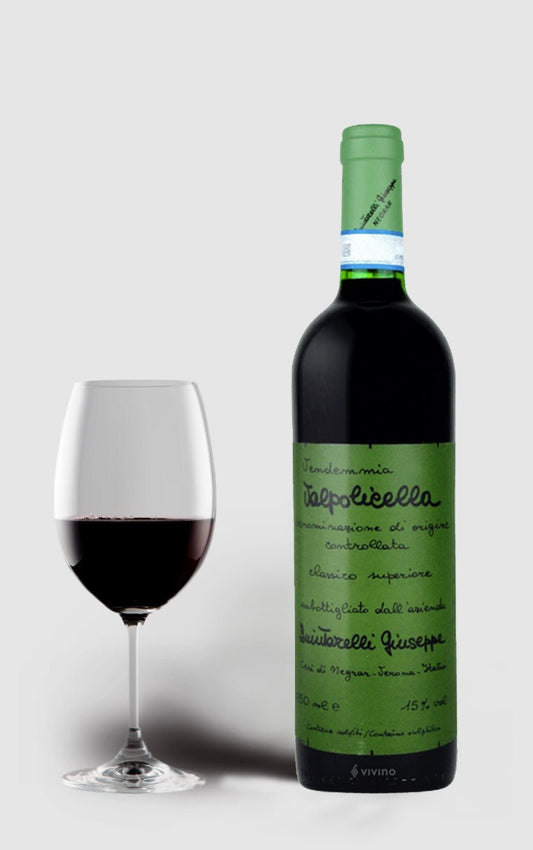 ★ 92 – DH Wines★ 4.4 – Vivino
★ 92 – DH Wines★ 4.4 – VivinoQuintarelli Valpolicella Classico Superiore 2016
Vendor:QuintarelliRegular price 699,00 DKKRegular priceUnit price / per -
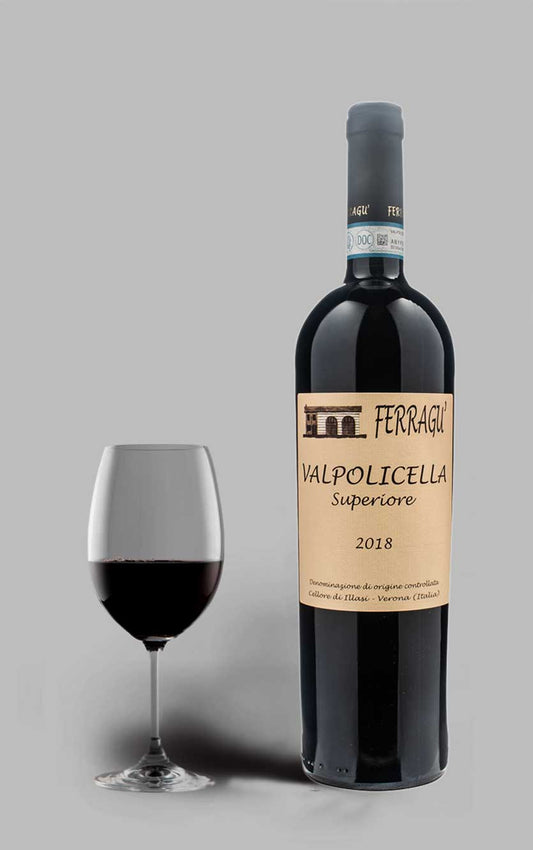 ★ 91 – DH Wines★ 4.2 – VivinoSold out
★ 91 – DH Wines★ 4.2 – VivinoSold outFerragu Valpolicella Superiore 2018
Vendor:FerraguRegular price 279,00 DKKRegular priceUnit price / per329,00 DKKSale price 279,00 DKKSold out -
 ★ 93 – DH Wines★ 92 – James Suckling★ 90 – Robert Parker★ 4.2 – Vivino
★ 93 – DH Wines★ 92 – James Suckling★ 90 – Robert Parker★ 4.2 – VivinoFerragu Amarone della Valpolicella 2014
Vendor:FerraguRegular price 899,00 DKKRegular priceUnit price / per -
 ★ 96 – DH Wines★ 4.5 – Vivino
★ 96 – DH Wines★ 4.5 – VivinoTenuta Tignanello Antinori Tignanello Tuscany 2022
Vendor:AntinoriRegular price 1.295,00 DKKRegular priceUnit price / per -
 ★ 93 – DH WinesSold out
★ 93 – DH WinesSold outRisveglio GIO 15 Primitivo 2020
Vendor:Cantine RisveglioRegular price 149,00 DKKRegular priceUnit price / per -
 ★ 98 – DH Wines
★ 98 – DH WinesVietti Langhe Nebbiolo Perbacco DOC 2022, Piedmont
Vendor:ViettiRegular price 249,00 DKKRegular priceUnit price / per -
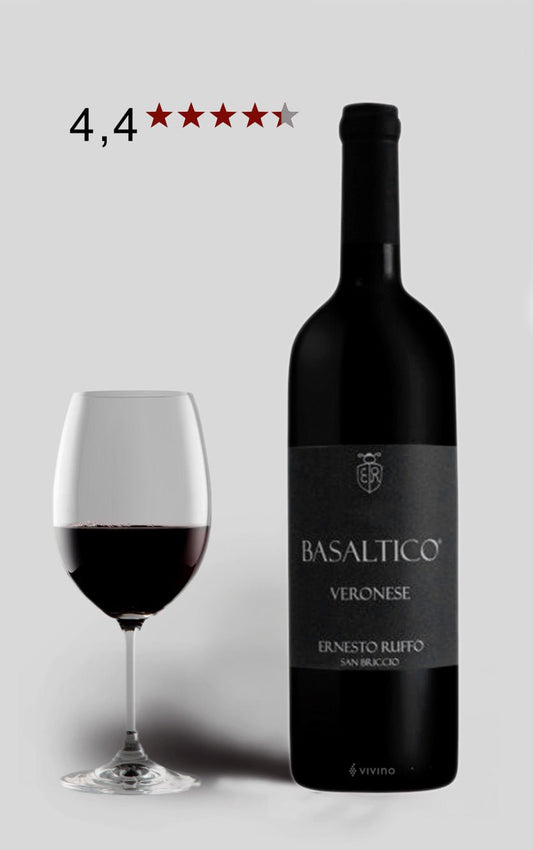 ★ 94 – James Suckling★ 92 – DH Wines★ 4.8 – Vivino
★ 94 – James Suckling★ 92 – DH Wines★ 4.8 – VivinoValpolicella Ernesto Ruffo Basaltico 2015
Vendor:Ernesto RuffoRegular price 399,00 DKKRegular priceUnit price / per -
 ★ 96 – James Suckling★ 96 – Decanter★ 94 – Robert Parker★ 92 – DH Wines★ 91 – Wine Enthusiast★ 4.0 – VivinoSold out
★ 96 – James Suckling★ 96 – Decanter★ 94 – Robert Parker★ 92 – DH Wines★ 91 – Wine Enthusiast★ 4.0 – VivinoSold outZeni Cruino IGT Rosso Veronese 2018
Vendor:ZeniRegular price 229,00 DKKRegular priceUnit price / per -
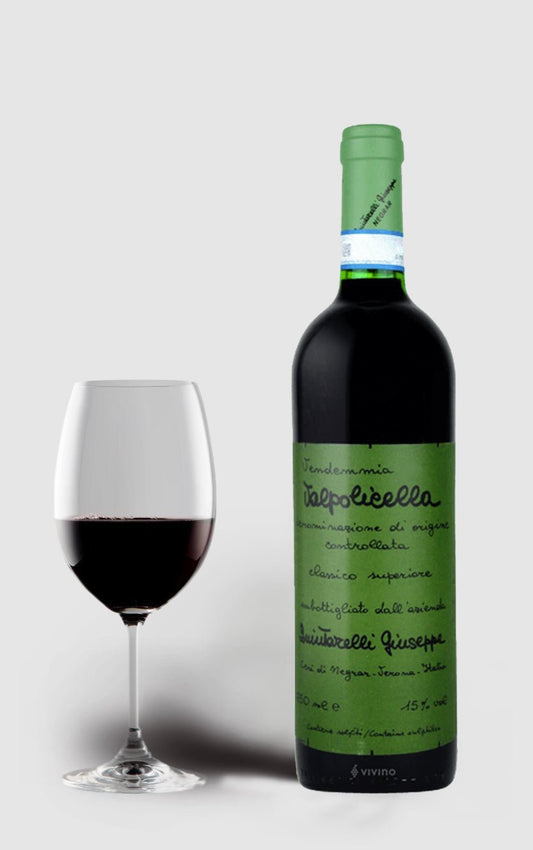 ★ 95 – Wine Enthusiast★ 93 – Decanter★ 93 – DH Wines★ 92 – James Suckling★ 4.5 – Vivino
★ 95 – Wine Enthusiast★ 93 – Decanter★ 93 – DH Wines★ 92 – James Suckling★ 4.5 – VivinoQuintarelli Valpolicella Classico Superiore 2013
Vendor:QuintarelliRegular price 749,00 DKKRegular priceUnit price / per -
 ★ 98 – DH Wines★ 4.7 – Vivino
★ 98 – DH Wines★ 4.7 – VivinoGiodo Brunello di Montalcino 2016
Vendor:GiodoRegular price 1.995,00 DKKRegular priceUnit price / per -
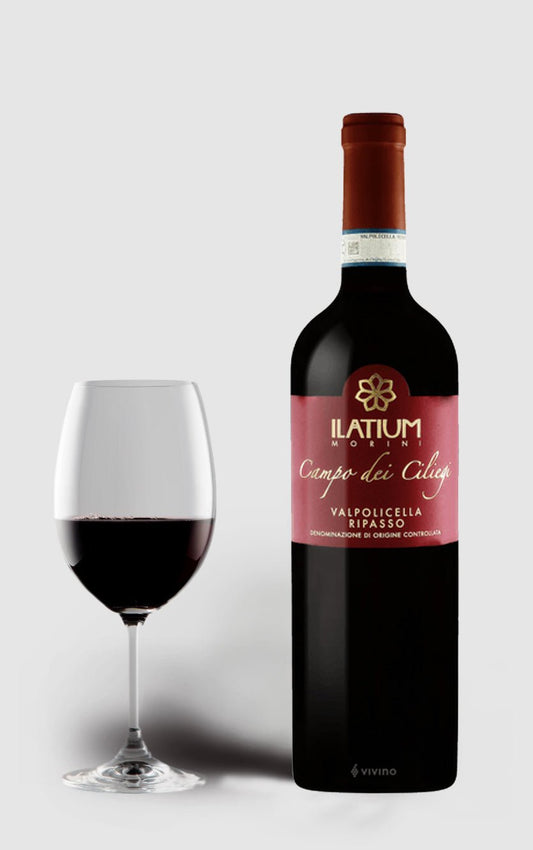 ★ 93 – James Suckling★ 91 – DH Wines★ 3.9 – Vivino
★ 93 – James Suckling★ 91 – DH Wines★ 3.9 – VivinoLazio Morini Ripasso 2017
Vendor:Latium MoriniRegular price 135,00 DKKRegular priceUnit price / per -
 ★ 96 – Wine Enthusiast★ 95 – Decanter★ 94 – DH Wines★ 93 – Robert Parker★ 92 – James Suckling★ 4.3 – Vivino
★ 96 – Wine Enthusiast★ 95 – Decanter★ 94 – DH Wines★ 93 – Robert Parker★ 92 – James Suckling★ 4.3 – VivinoCaparzo Brunello Di Montalcino Docg 2016
Vendor:CaparzoRegular price 399,00 DKKRegular priceUnit price / per
Collection: Wine from Italy
Italy is among the world's most diverse wine countries, with over 20 wine regions and hundreds of authorized grape varieties. From north to south, wine is produced in almost every style – from cool, mineral whites and elegant reds to complex dessert and sparkling wines. Italian wine combines ancient traditions with modern techniques and offers a rich expression of terroir.
The main wine regions in Italy
- Piedmont : Home of Barolo and Barbaresco (Nebbiolo), Barbera and Dolcetto.
- Tuscany : Sangiovese in Chianti, Brunello di Montalcino and Super Tuscans (often IGT).
- Veneto : Valpolicella, Ripasso, Amarone and white wines such as Soave and Pinot Grigio.
- Sicily : Nero d'Avola, Frappato and Etna wines on Nerello Mascalese and Carricante.
- Trentino-Alto Adige : Fresh, cool white wines and elegant red wines – often from high-altitude vineyards.
- Apulia and Campania : Primitivo, Negroamaro and Aglianico with warmth and fullness.
- Lombardy and Franciacorta : Sparkling wines made using the traditional method.
Styles and grape variety
Italian wine production ranges from ultra-traditional DOCG wines to experimental, terroir-driven IGT wines. Some of the most widely grown grapes are:
- Nebbiolo : Structure, tannin and elegance – especially in Barolo and Barbaresco.
- Sangiovese : Fresh acidity, red berries and herbs. Italy's most planted grape.
- Barbera : Fruity, acidic and food-friendly – especially in Piedmont.
- Corvina : Used in Veneto for both light Valpolicella and strong Amarone.
- Pinot Grigio : Light and fresh white wine, especially from Northern Italy.
- Glera : Used for Prosecco – fruity and sparkling.
- Nero d'Avola, Vermentino, Carricante, Aglianico : Regional varieties with strong identity.
Wines range from easy-drinking everyday wines to complex wines with high aging potential and depth.
Italian wine legislation and classification
Italy's classification system follows four main levels:
- Vino : Table wine without geographical indication.
- IGT : Indicates geographical origin, but allows more freedom in grape selection and vinification.
- DOC : Strictly controlled with requirements for grapes, harvest yield and style.
- DOCG : Highest level – with extra control and sensory testing.
Some of Italy's most sought-after wines – such as Brunello, Barolo and Amarone – are classified as DOCG. Many Super Tuscans are IGT wines, giving winemakers the freedom to work with non-traditional grapes such as Cabernet Sauvignon and Merlot.
Frequently asked questions about wine from Italy
What do DOC and DOCG mean in Italian wine?
DOC (Denominazione di Origine Controllata) and DOCG (… e Garantita) are classifications that indicate origin and quality control. DOCG is the highest level and requires both chemical and sensory testing before bottling.
Which Italian wines are best for aging?
Barolo, Brunello di Montalcino, Taurasi and Amarone are all wines with high aging potential – often 10–20 years or more. Some IGT wines from Tuscany also develop beautifully over time.
Is Italian wine good with food?
Yes. Most Italian wines are made with food in mind – especially because of their high acidity and balanced alcohol. Sangiovese and Nebbiolo, for example, go well with tomato-based dishes, meats and hard cheeses.
- Choosing a selection results in a full page refresh.
- Opens in a new window.
